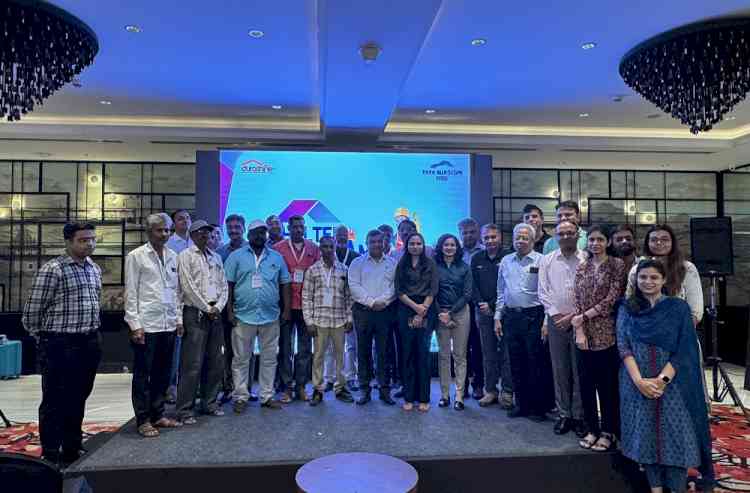New insights in cellular pump dynamics
New York, June 23 (IANS) Scientists have discovered how a family of proteins regulates an important cellular cycle where a cell's generated energy is converted to necessary functions, a finding with potential to lead to significant breakthroughs...

New York, June 23 (IANS) Scientists have discovered how a family of proteins regulates an important cellular cycle where a cell's generated energy is converted to necessary functions, a finding with potential to lead to significant breakthroughs in treatment of Parkinson's, chronic liver and heart diseases.
The proteins called cation diffusion facilitators (CDFs) are a major protein family type found in all living beings.
"Mutations or altered regulation of human CDFs modify the concentrations of metal ions critical to cell function and are associated with key human diseases, including those affecting endocrine, neurologic, hepatic and cardiovascular systems," said senior author Mark R. Chance from Case Western Reserve University.
To understand how the cell cycle works, envision a gate to human cells that controls the flow of substances necessary to maintain cell survival.
When and how that gate opens and closes is critical to fundamental cellular functions, and in turn, to human health.
The CDFs ensure the gate's seamless operation by controlling the flow of metal ions as energy is cycled.
In this investigation, scientists sought to understand the intricate details of CDF molecular function and mechanisms of transport.
Chance and his colleagues studied a form of CDF found in bacteria where the protein YiiP functions like a motor, using energy in the form of a gradient of protons (hydrogen atoms) to pump zinc ions out of cells.
While zinc is pushed successfully out of the cell, a flow of protons is pulled into it.
A perfectly functioning zinc-proton flow cycle, then, brings in protons, which the YiiP protein converts into conformational changes in the protein structure.
Those changes, in turn, send zinc out of the cell. If the CDF-regulated gate controlling the zinc-proton cycle malfunctions, a range of diseases can result.
"Membrane proteins (including CDF) are some of the most important cellular drug targets, including G-protein coupled receptors (GPCR), which represent 50 percent of the non-antibiotic drug market," Chance said.
The GPCRs are protein molecules that sense chemical signals outside the cell and then activate cellular responses to these signals.
"We must continue to examine CDFs to understand their mechanisms of action, especially in the context of drug effects on the biochemical mechanisms of action," Chance said.
The findings were published online in Nature.

 cityairnews
cityairnews 
















